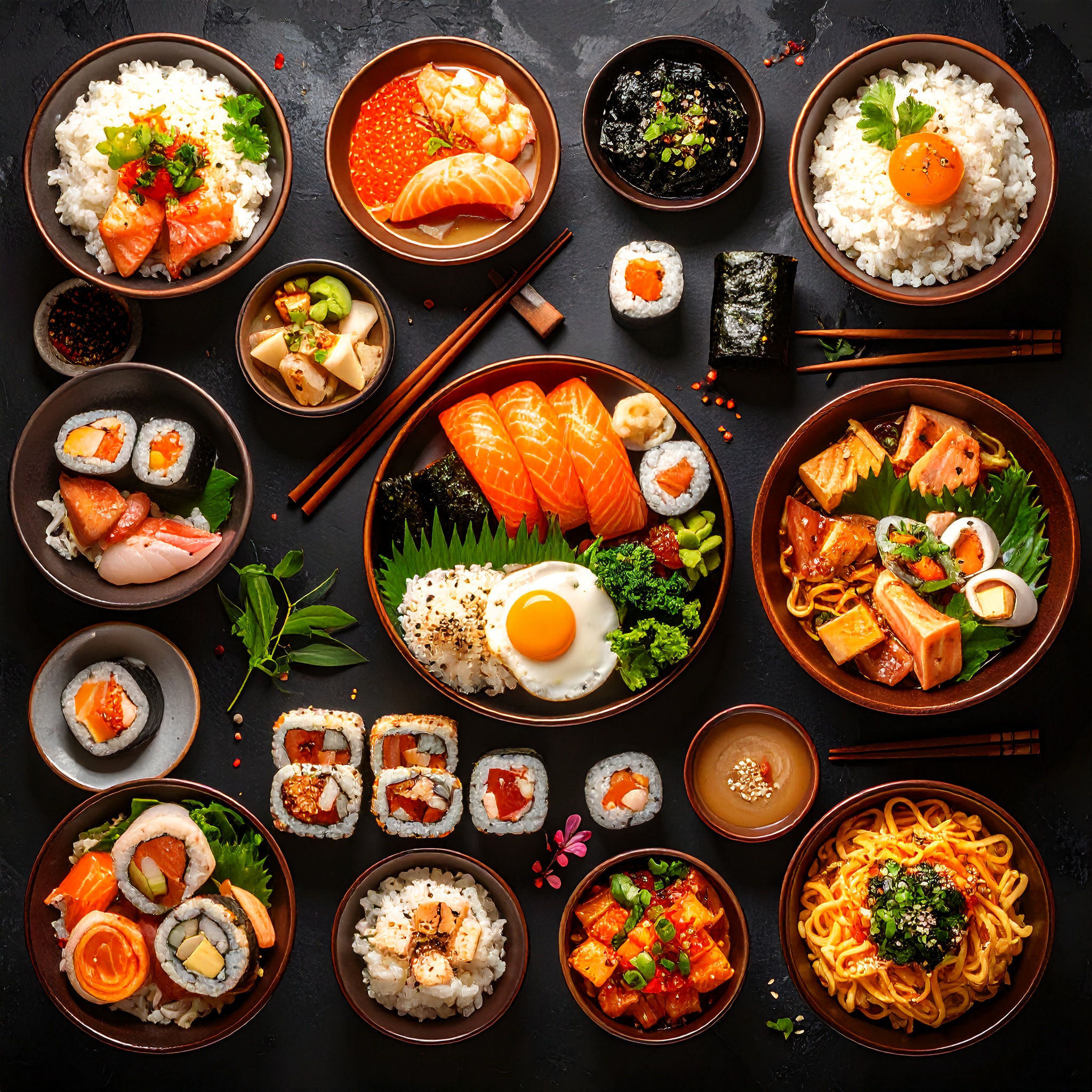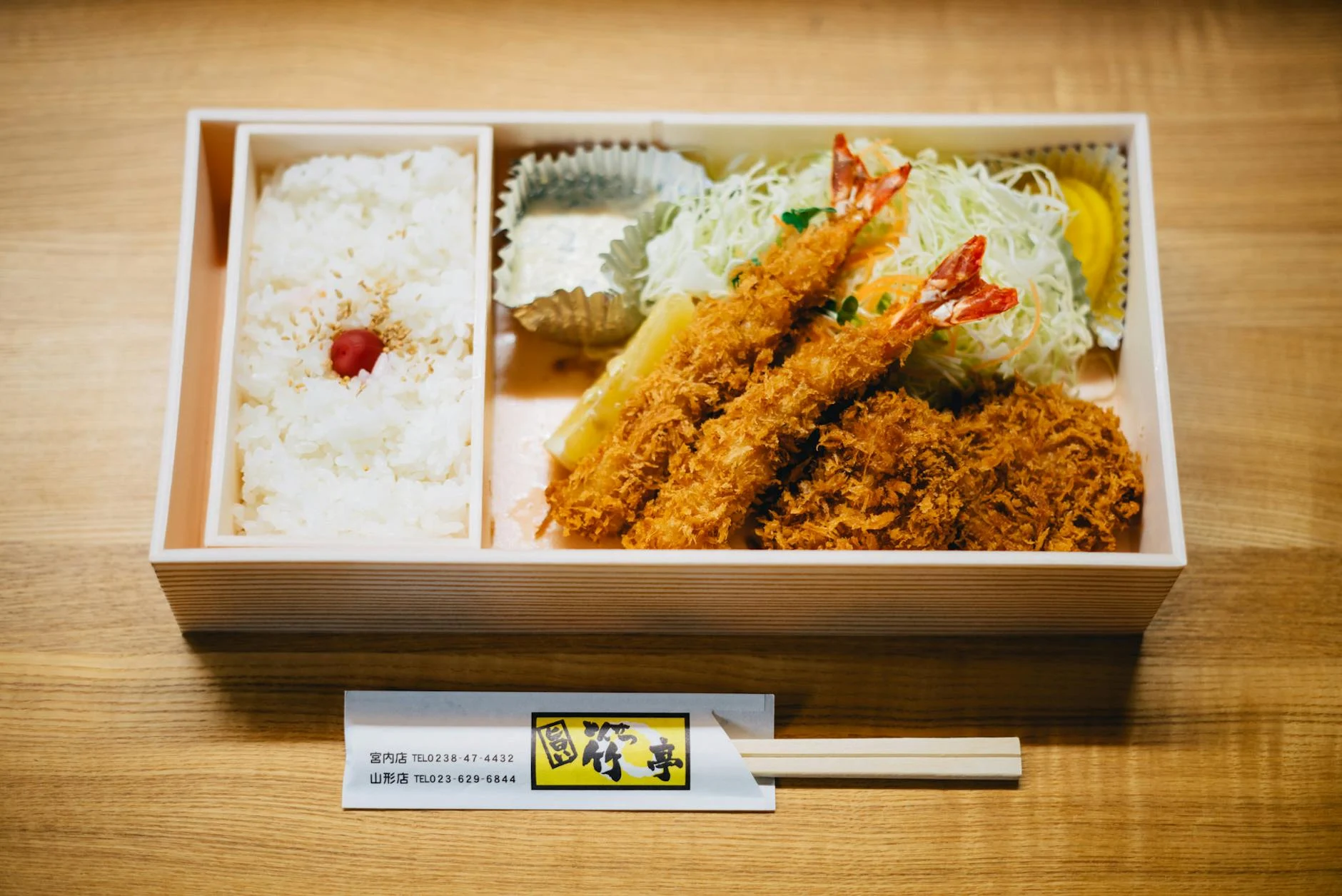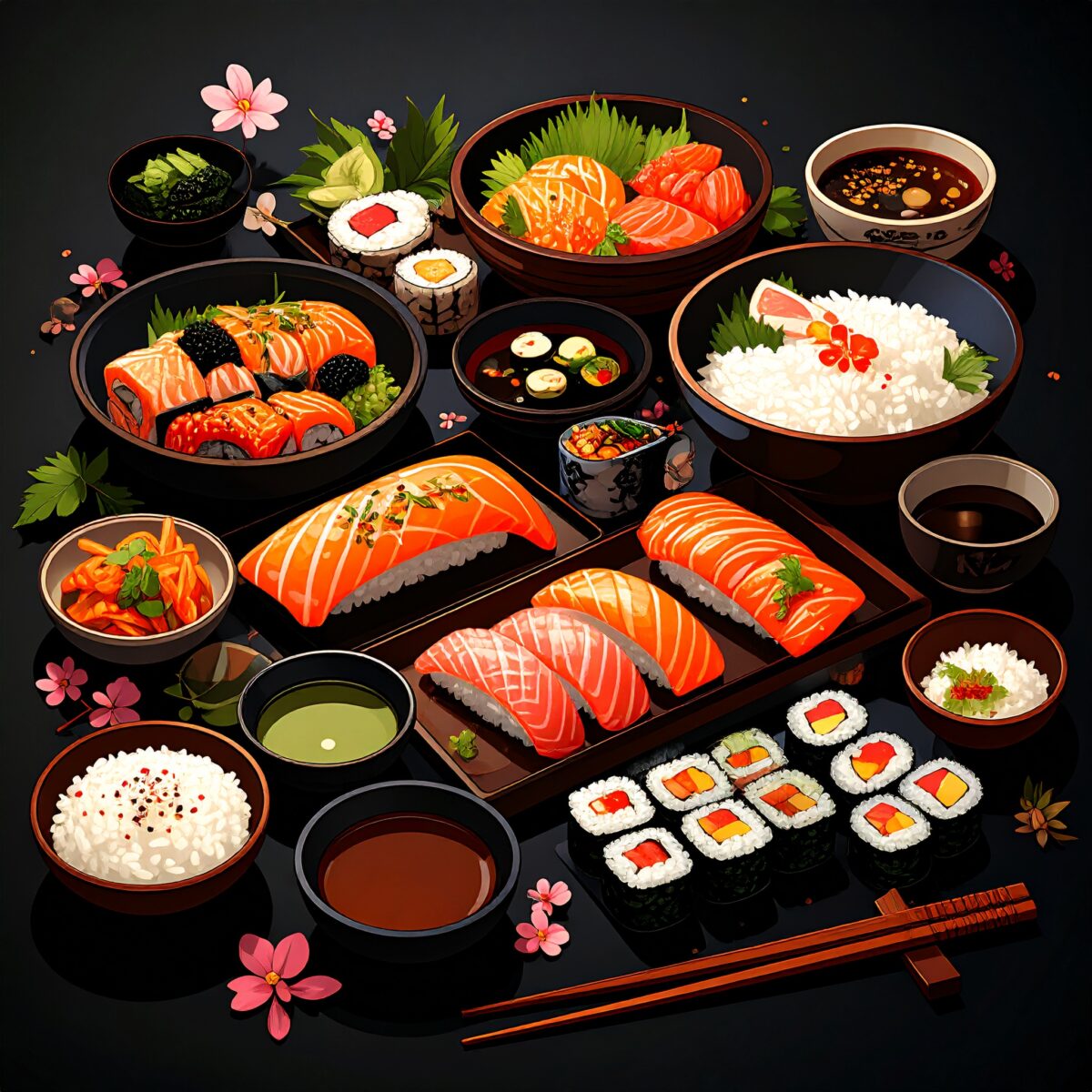Once, “luxury” conjured images of rare ingredients and lavish dining. Today, however, its meaning is shifting dramatically. Beyond ostentation, luxury is now about environmental stewardship, resource circulation, and mindful use of every ingredient. These values are quietly—and decisively—reshaping kitchens around the world. They have long been woven into the fabric of traditional Japanese cuisine.
A defining feature of Japanese food is its aesthetic of subtraction. Here, bringing out the natural flavor of each ingredient is paramount, and seasonings and fats are used sparingly. Presentation isn’t about extravagance—it’s about honoring nature’s bounty. This respect extends beyond taste and presentation to how ingredients are selected and utilized.
For example: leaving root vegetable skins intact; reusing kelp and dried bonito after making dashi; using fish bones and skin for broth or aspic; and turning rice bran or radish greens into pickles. These practices go beyond thrift—they embody the spirit of mottainai, a Japanese concept of not wasting what has life and value.
The Japanese word mottainai is often introduced abroad as a symbolic expression of sustainability. Yet its essence lies deeper—in an ethical stance that seeks never to waste what holds life. It is a philosophy rooted in reverence, acknowledging that crops are shaped by weather and human care, and that animals and fish offer their lives to reach our plates. Understanding this background, it becomes an unspoken duty to use every part of an ingredient. Not merely a practice of efficiency, but a gesture of gratitude and respect—a quiet, profound luxury of the Japanese table.

In Japan, this mindset is woven into daily life through resourceful and intentional home cooking. Leftovers from dinner become breakfast or lunch the next day; broth from stewed dishes gets reused in another meal; skins and vegetable scraps are transformed into flavorful stock. These small, mindful actions create a natural cycle of living that quietly reduces environmental impact.
Another essential value is the reverence for seasonality (shun). Ingredients at their peak are richer in flavor and nutrition, grown to thrive in local climates. Using what’s harvested nearby not only celebrates local terroir but also minimizes energy for transportation and reliance on preservation—perfectly aligning taste with sustainability.
Japan’s fermented food culture further demonstrates this principle. Miso, soy sauce, vinegar, pickles—originating from the need to preserve food without waste—are now culinary cornerstones. Through fermentation, ingredients gain depth and longevity, allowing for a rich and varied diet even before modern refrigeration existed.
“Hara hachibunme,” or eating until eight-tenths full, reflects a nuanced attitude toward consumption. This practice shows respect for ingredients and harmony with the body, naturally reducing food waste and promoting well-being.
This ethos is brilliantly expressed in kaiseki cuisine. Each course is a celebration of life—unadorned, aesthetically balanced, and mindful of both the dish and its vessel. Kaiseki is the very embodiment of “luxury through subtraction,” where restraint cultivates richness, and simplicity reveals true elegance.
This refined sensibility extends beyond ingredients to the very tools and vessels used in Japanese cooking. Think of bamboo sieves, wooden cutting boards, earthenware bowls, and cotton cloths—crafted from natural materials that only gain character through years of thoughtful use and care. The practice of repairing rather than discarding broken items reflects a deep-rooted respect for objects and gratitude toward nature.
Today, this philosophy behind Japanese cuisine is gaining attention overseas as a model for sustainable food culture. Minimalist cooking techniques, locally sourced ingredients, plant-forward dishes, and time-honored fermentation all offer practical, eco-conscious approaches to eating—approaches that have captivated chefs and researchers worldwide.
Admittedly, rapid urbanization and the rise of convenience foods have threatened these traditions in modern Japan. Yet, in rural communities and family kitchens, age-old practices endure: using every part of an ingredient, honoring seasonality, avoiding waste, and eating with gratitude. Far from being antiquated, these values offer profound insights into a lifestyle perfectly suited for our times.
To eliminate waste is not just an act of economy—it is a gesture of sincerity toward life itself. To invest time and care in preparation is to express thoughtfulness. To avoid artificial opulence is to cultivate a discerning eye for essence. Japanese food culture teaches us that true luxury does not lie in extravagance, but in harmony, quietude, and mindful living.
Real abundance resides not in quantity but in intention—in a table set with care, where every touchpoint reflects sustainability and authenticity. That is the sovereign luxury Japan’s culinary ethos imparts.




